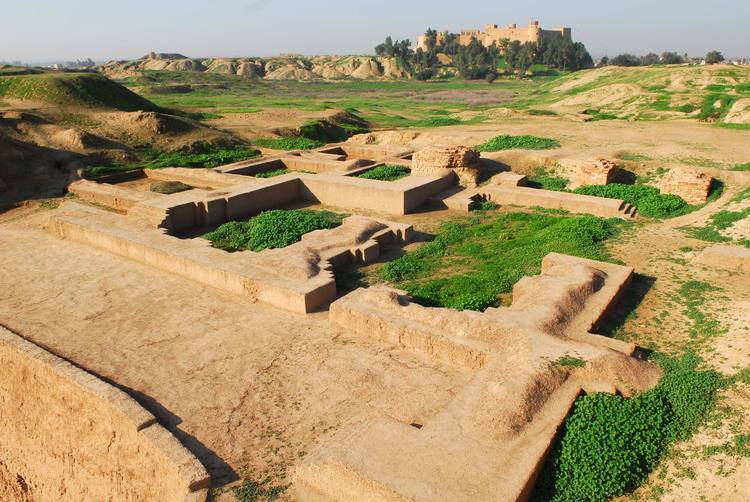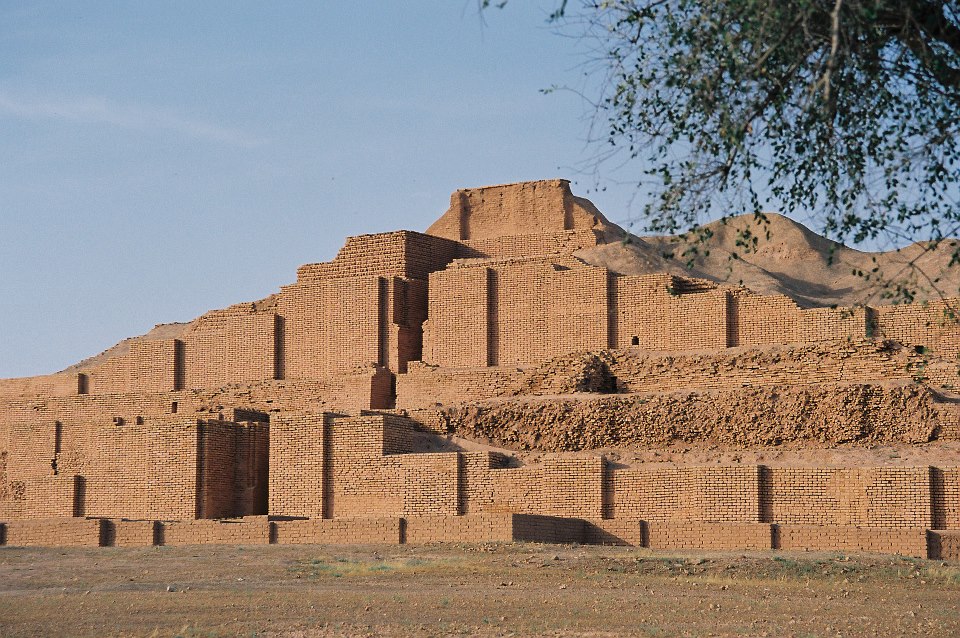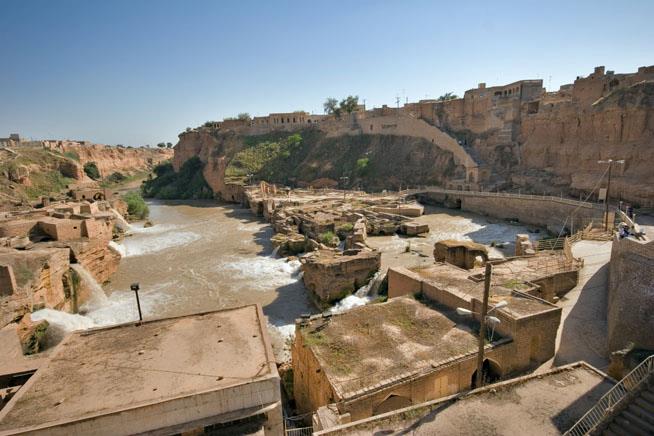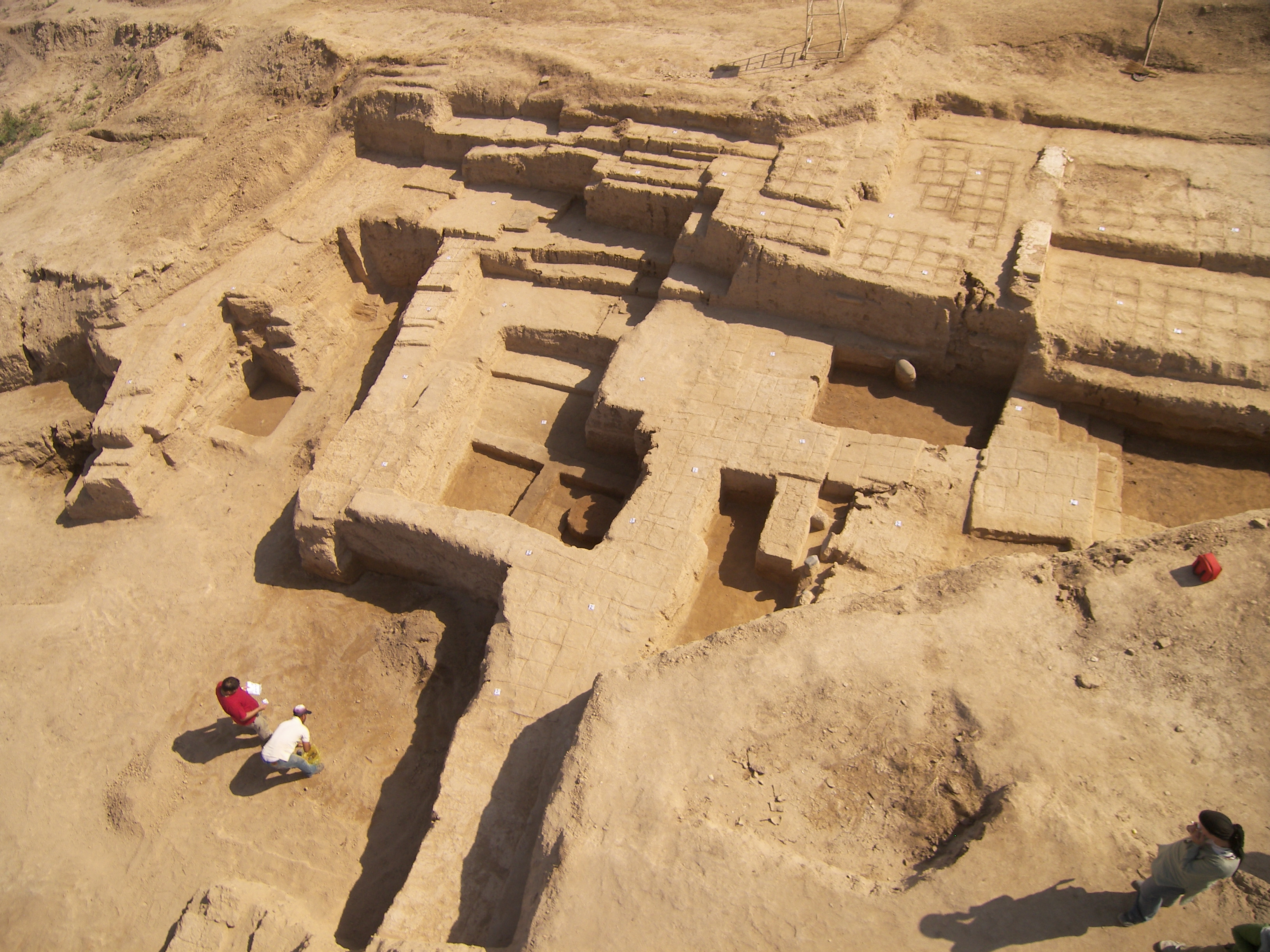AHVAZ TRAVEL GUIDE
Things to Do in Ahvaz – Activities & Attractions
—————————Ο————————
Ahvaz is the capital of Khuzestan province and the second hottest city of Iran. The city is popular because of its bridges, beautiful nights and warmhearted people. Ahvaz is one of the most important industrial cities of Iran and most of the parent companies of the country are in this city and also 51% of petroleum of Iranian National Oli Company is produced there. The Elamites was the first founders of Ahvaz but the city was destroyed after that and built again by the Parthians. Unfortunately the city was destroyed again and finally Ardashir I built it again. The name of the city is a combination of Ardeshir’s name with the Zoroastrian name for God; Ohrmazd.
Ahvaz was called “ Oxin” in the past. Karun river was one of the largest and most effluent rivers of Iran and ships drove on it, so the river is very important for the south of the country. Unfortunately nowadays the river is threaten by dryness. Karun is 950 km long and it is the longest river of Iran. It rises in the Zard Kuh mountains of Chaharmahal and Bakhtiyari Province. Ahvaz has long, very hot summers. In Ahvaz, summer is so called “ Khorma Pazun” ( Date Cooking) that means extreme temperature that causes the Dates to become quite ripe. Ahvaz also has mild, short but very beautiful winters and autumns. The city is divided into western and eastern parts by Karun river. Ahvaz is known for its ethnic diversity. Since the city has very hospitable and warmhearted people, different ethnic groups live there together in peace.
 Archaeologists have traced signs of life at Susa as far back as 7000 BC, but the first settlements were probably established around 4000 BC. Painted pottery from 5000 BC is however scattered around the site. Susa was once the capital of the Elamite Empire and is mentioned in the Bible as the home of prophet Daniel. First mentioned in early Sumerian records, the town was significant under Elamite, Persian and Parthian empires. Much of what can be seen today at the site dates back to the time of Darius’ reign, including the Apadana Palace. Its 72 columns reflect the 72 chapters of Ghath Ha, the Zoroastrian holy book. The palace was a feat of logistics for the time with stone from the Zagros Mountains located 200km away and cedar wood for the roof coming from Lebanon. The cedar was also used for the pit where Darius fed traitors to lions. It remained the winter capital for subsequent Achaemenid kings. Much of the stone from the site was plundered by the British during the First World War to build a train line to service an oil refinery at Abadan, though some of the stones were later recovered by Reza Shah.
Archaeologists have traced signs of life at Susa as far back as 7000 BC, but the first settlements were probably established around 4000 BC. Painted pottery from 5000 BC is however scattered around the site. Susa was once the capital of the Elamite Empire and is mentioned in the Bible as the home of prophet Daniel. First mentioned in early Sumerian records, the town was significant under Elamite, Persian and Parthian empires. Much of what can be seen today at the site dates back to the time of Darius’ reign, including the Apadana Palace. Its 72 columns reflect the 72 chapters of Ghath Ha, the Zoroastrian holy book. The palace was a feat of logistics for the time with stone from the Zagros Mountains located 200km away and cedar wood for the roof coming from Lebanon. The cedar was also used for the pit where Darius fed traitors to lions. It remained the winter capital for subsequent Achaemenid kings. Much of the stone from the site was plundered by the British during the First World War to build a train line to service an oil refinery at Abadan, though some of the stones were later recovered by Reza Shah.
 Chogha Zanbil, a UNESCO World Heritage site, is one of the few remaining ziggurats of ancient Mesopotamia. Literally translating to ‘basket mound,’ the Chogha Zanbil temple complex was built around 1250 BC by King Untash Napirisha, in honour of the great god Inshshinak. The majority of people who lived there were probably either priests or their servants. Originally five storeys high, there were four separate entrances giving different levels of access. Only priests and royalty had access to the highest level. The site also features an offering platform where bulls and goats would have been sacrificed. The complex would have been served by what is believed to be the world’s first water refinery. There are numerous hand-carved Elamite cuneiform inscriptions around the building. The site was abandoned after Assyrian attack.
Chogha Zanbil, a UNESCO World Heritage site, is one of the few remaining ziggurats of ancient Mesopotamia. Literally translating to ‘basket mound,’ the Chogha Zanbil temple complex was built around 1250 BC by King Untash Napirisha, in honour of the great god Inshshinak. The majority of people who lived there were probably either priests or their servants. Originally five storeys high, there were four separate entrances giving different levels of access. Only priests and royalty had access to the highest level. The site also features an offering platform where bulls and goats would have been sacrificed. The complex would have been served by what is believed to be the world’s first water refinery. There are numerous hand-carved Elamite cuneiform inscriptions around the building. The site was abandoned after Assyrian attack.
 Dating back to the Sassanid era, the Shushtar Water Mills are composed of a series of dams, canals, tunnels and watermills which form a complex irrigation system. The mills, one of which is still functioning, were used to grind wheat and barley. They were added to UNESCO’s World Heritage Sites list in 2009 and described as ‘a masterpiece of creative genius’.
Dating back to the Sassanid era, the Shushtar Water Mills are composed of a series of dams, canals, tunnels and watermills which form a complex irrigation system. The mills, one of which is still functioning, were used to grind wheat and barley. They were added to UNESCO’s World Heritage Sites list in 2009 and described as ‘a masterpiece of creative genius’.
 The Tomb of Daniel is the traditional burial place of the biblical prophet Daniel. Various locations have been named for the site, but the tomb in Susa, Khuzestan, is the most widely accepted. The Book of Daniel mentions that Daniel lived in Babylon and may have visited the place of Susa, but the place where he died is not specified; the tradition preserved among the Jews and Arabs is that he was buried in Susa. Today the Tomb of Daniel in Susa is a popular attraction among local Muslims.
The Tomb of Daniel is the traditional burial place of the biblical prophet Daniel. Various locations have been named for the site, but the tomb in Susa, Khuzestan, is the most widely accepted. The Book of Daniel mentions that Daniel lived in Babylon and may have visited the place of Susa, but the place where he died is not specified; the tradition preserved among the Jews and Arabs is that he was buried in Susa. Today the Tomb of Daniel in Susa is a popular attraction among local Muslims.
 Haft Tappeh is an archaeological site situated about 15 km to the southeast of Susa in the province of Khuzestan, in south-western Iran. The site is formed from small mounds. Therefore, it is named the Persian Language Haft Tappeh which means seven mounds. The first excavation at Haft Tappeh was carried out by E. Negahban from 1965 to 1978, in which a tomb building and remains of two terrace complexes were discovered. Several tablets and stones inscription were founded that gave important information on this antique city. One of these tablets the seal of Athibu, Governor of Haft Tappeh was found. Due to this discovery, the scientists supposed that today’s Haft Tappeh is identical with the antique Kabanak. The inscriptions indicate that large monuments stem from the middle Elamite period (15th – 14th century B.C)
Haft Tappeh is an archaeological site situated about 15 km to the southeast of Susa in the province of Khuzestan, in south-western Iran. The site is formed from small mounds. Therefore, it is named the Persian Language Haft Tappeh which means seven mounds. The first excavation at Haft Tappeh was carried out by E. Negahban from 1965 to 1978, in which a tomb building and remains of two terrace complexes were discovered. Several tablets and stones inscription were founded that gave important information on this antique city. One of these tablets the seal of Athibu, Governor of Haft Tappeh was found. Due to this discovery, the scientists supposed that today’s Haft Tappeh is identical with the antique Kabanak. The inscriptions indicate that large monuments stem from the middle Elamite period (15th – 14th century B.C)

